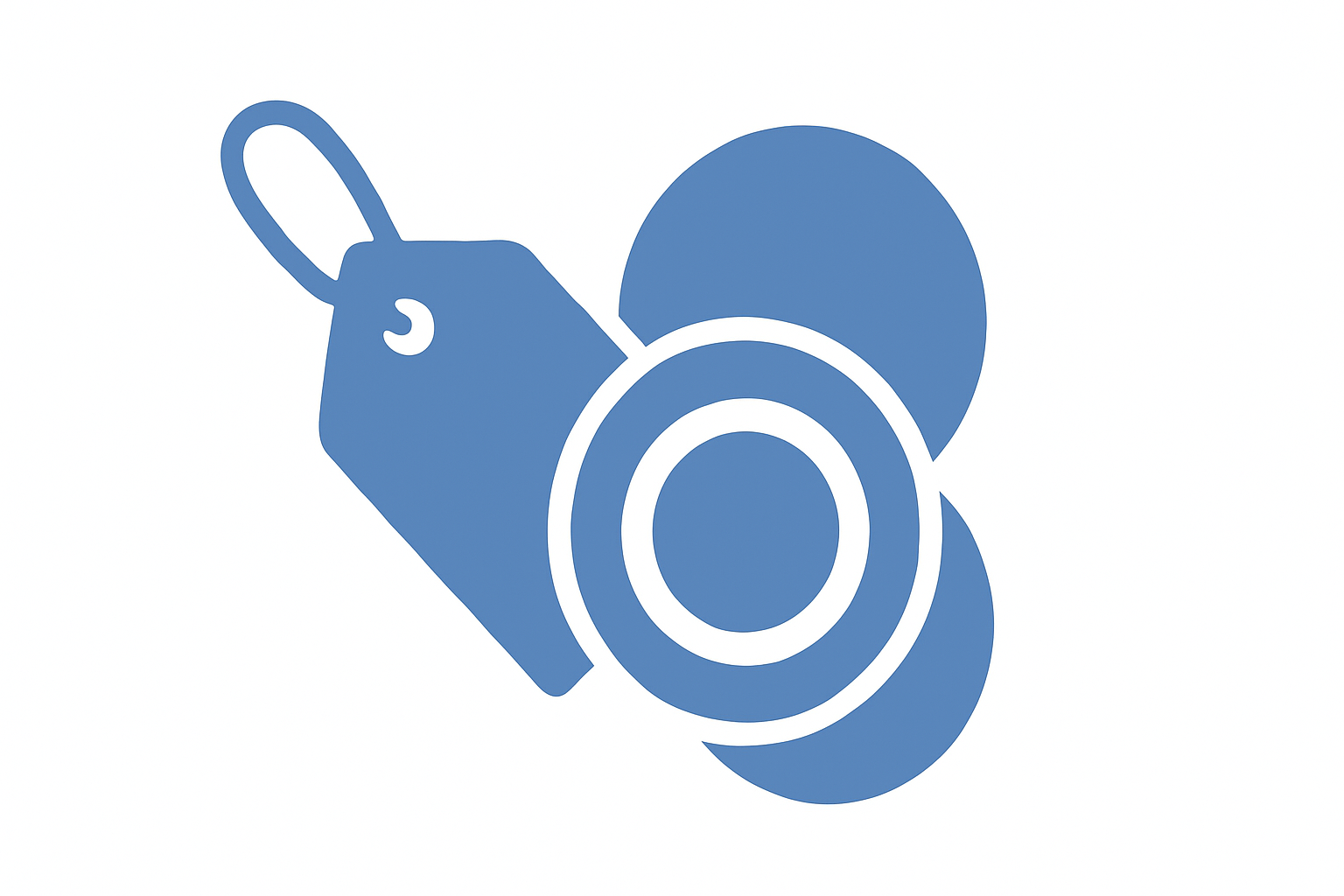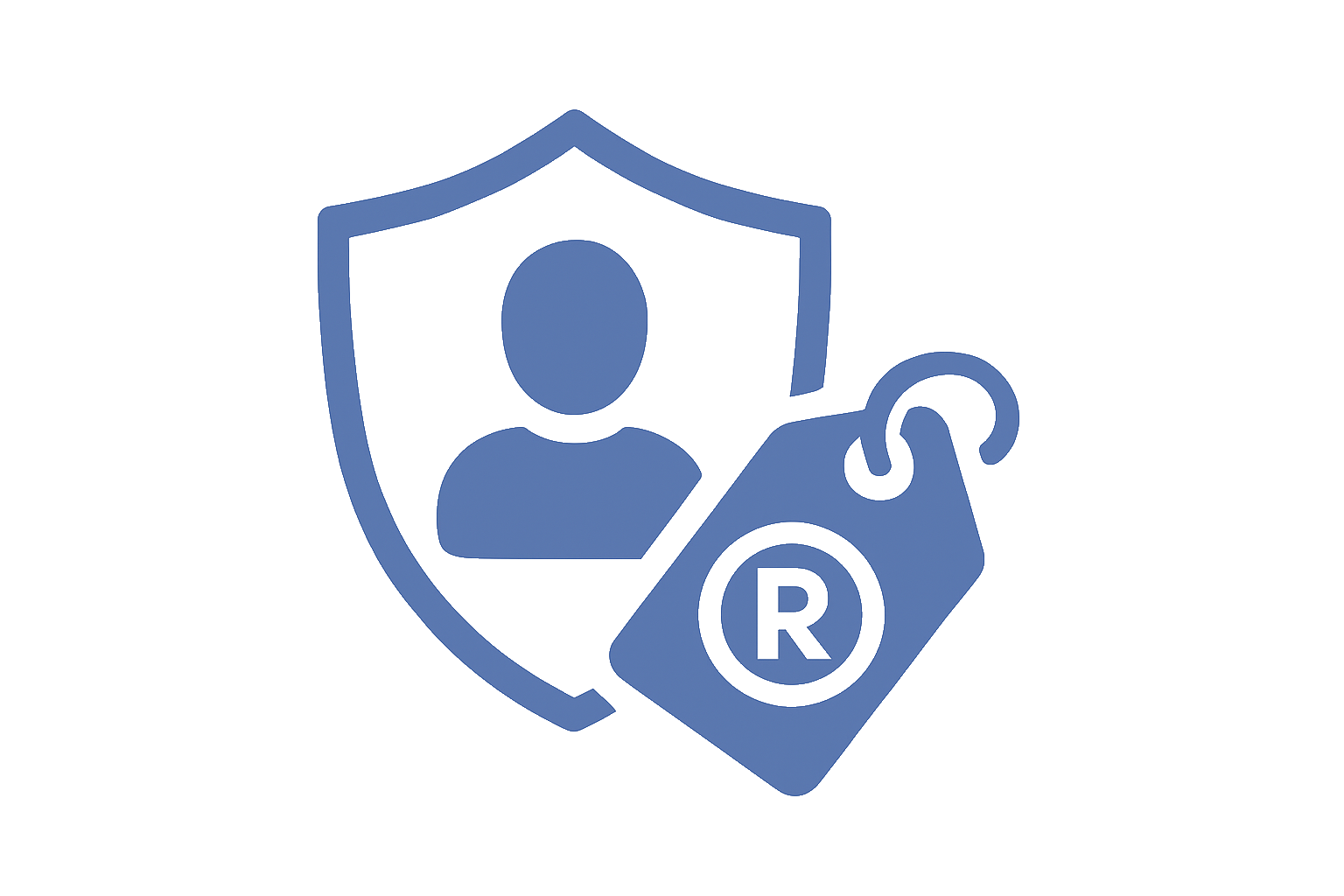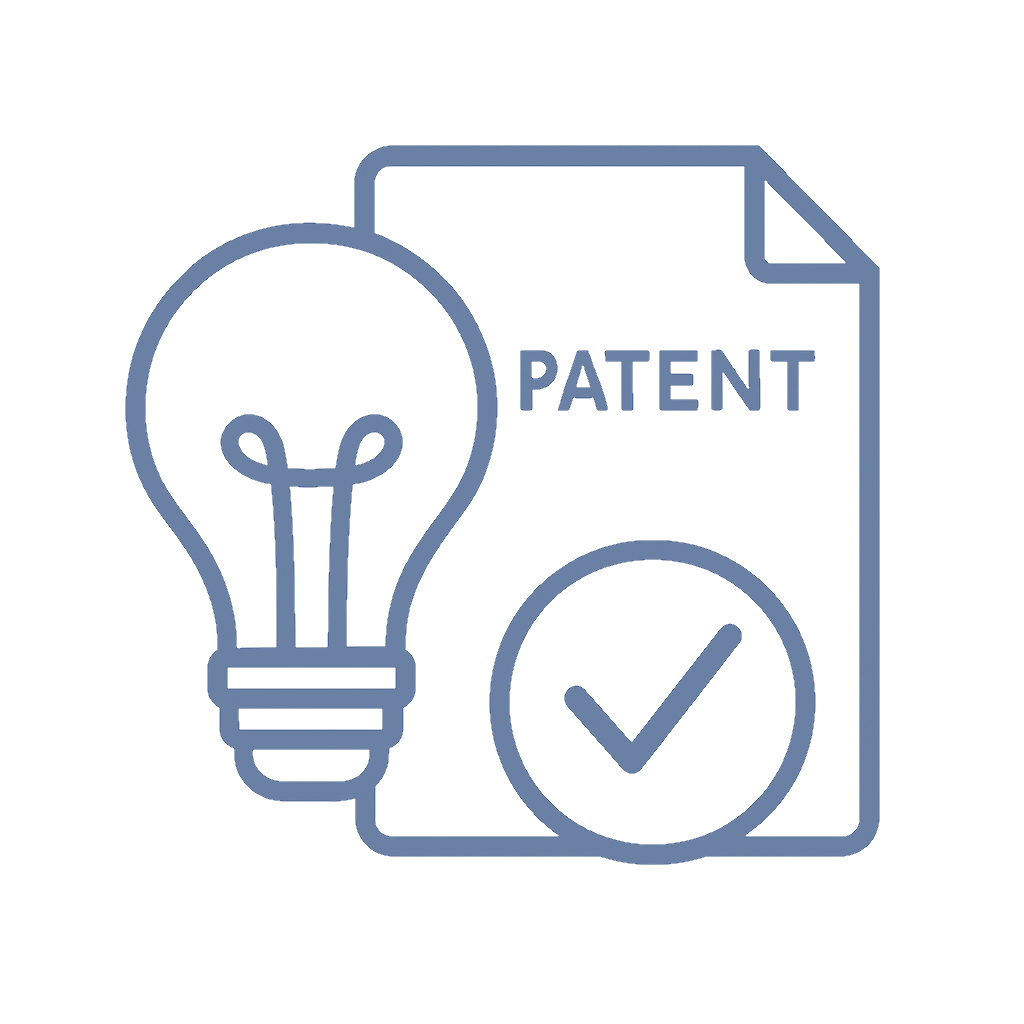📌 Quick Summary
1-Sentence Answer
A trademark protects your brand’s identity by legally distinguishing your products or services from imitators, keeping your name, logo, and reputation safely yours.
The Article Overview
This article reveals the hidden power of trademarks — how they build brand trust, fend off copycats, and legally protect your company identity. We’ll explore what trademarks are, how to register them, real-world brand battles, legal cases, and expert tips for safeguarding your business identity.
❓ Common Questions & Answers
Q1: What exactly is a trademark?
A trademark is a legally recognized symbol, word, or design that identifies and distinguishes your goods or services from others in the market.
Q2: How long does trademark protection last?
As long as you keep using your trademark in commerce and renew it periodically, your protection can last indefinitely.
Q3: What can I trademark?
You can trademark names, logos, slogans, or even distinctive sounds — basically anything that sets your brand apart.
Q4: Why should I trademark my business name or logo?
Because it prevents competitors from stealing your brand’s reputation or confusing customers with similar names or visuals.
Q5: What’s the difference between ™ and ® symbols?
™ means you’re claiming rights to a mark, even if unregistered. ® means it’s officially registered with the USPTO (or local IP office abroad).

📜 Step-by-Step Guide
Step 1: Check Availability
Search the USPTO database (TESS) or an attorney’s database to ensure your desired mark isn’t already taken or too similar.
Step 2: Choose the Right Class
Products and services are divided into “classes.” Selecting the correct one ensures your trademark covers the right category.
Step 3: File with the USPTO
Submit your application online through the USPTO system with clear images or descriptions of your mark.
Step 4: Wait for Review
An examining attorney reviews your application for conflicts, clarity, and distinctiveness — patience is key here.
Step 5: Use It and Maintain It
Once approved, proudly use the ® symbol, and renew your mark every few years to maintain its protection.
📖 Historical Context
Trademarks trace back thousands of years. Ancient craftsmen marked pottery with unique symbols to prove authenticity — an early form of brand identity. During the Middle Ages, merchants used seals and emblems to signify the source of goods, helping customers trust what they were buying.
The first modern trademark law appeared in the United Kingdom in 1875, allowing companies to register marks officially. The United States followed with its Trademark Act of 1881, refined later by the Lanham Act of 1946, which still governs U.S. trademarks today.
Today, trademarks are a global necessity. Whether you’re a Silicon Valley startup, a London boutique, or a Sydney design firm, trademarks represent the soul of your brand — an intangible but invaluable asset.
🏢 Business Competition Examples
-
Coca-Cola vs. Pepsi – Their logos and bottle designs are fiercely protected trademarks. Without them, either brand could easily be confused for the other.
-
Apple Inc. – Apple’s bitten-apple logo is so iconic that any tech company using a similar design faces immediate legal scrutiny.
-
Nike – The swoosh trademark symbolizes quality and aspiration worldwide. The mark itself is worth billions in brand equity.
-
McDonald’s – Its golden arches “M” are protected trademarks recognized across the globe, representing consistent quality and experience.

💬 Discussion Section
Trademarks are more than just paperwork — they are the emotional and financial heartbeat of a brand. Without them, a company’s identity would be as unstable as a knockoff handbag in a rainstorm. A registered trademark gives your brand credibility in the marketplace and psychological comfort to your consumers.
When customers see your logo or hear your brand name, they subconsciously associate it with reliability, quality, and trust. That instant recognition is why trademarks are not just legal tools but powerful marketing assets.
In today’s hyper-digital economy, trademark protection extends beyond storefronts — it lives in hashtags, app icons, and even voice commands (“Hey Siri”). Protecting your mark means guarding your digital real estate. Whether you’re a startup launching your first product or a global enterprise managing an international portfolio, registering your trademark ensures your brand’s identity remains yours and yours alone.
However, many small business owners skip registration, assuming common-law protection is enough. It’s not. Without a federal registration, enforcing your rights becomes costly and limited geographically. Think of it as installing a cheap lock on a mansion — technically secure, but not truly safe.
Beyond protection, trademarks can become tangible business assets. They can be sold, licensed, or used as collateral. In short: your trademark is the key that unlocks brand value, customer loyalty, and long-term growth.
⚖️ The Debate
💪 Pro-Registration View:
Registering your trademark gives you national legal rights, exclusive ownership, and a presumption of validity in court. It deters copycats, helps build customer loyalty, and boosts investor confidence.
🤔 Anti-Registration View:
Some argue that formal registration is expensive and unnecessary for small businesses relying on local recognition. They prefer investing in marketing rather than legal filings, trusting common-law rights instead.
✅ Key Takeaways
-
A trademark legally protects your brand identity and reputation.
-
Registration with the USPTO offers nationwide protection and credibility.
-
Trademarks can last forever with proper use and renewal.
-
A strong mark enhances consumer trust and brand value.
-
Ignoring trademark registration leaves your business open to imitation.

⚠️ Potential Business Hazards
-
Copycat Competitors: Without registration, rivals can mimic your logo or name.
-
Geographic Limitations: Common-law rights only protect your mark locally.
-
Costly Legal Battles: Defending unregistered marks can drain finances fast.
-
Brand Confusion: Customers may unknowingly support imitators, diluting your brand’s value.
❌ Myths & Misconceptions
Myth 1: “If I have a domain, I own the trademark.”
Owning a web address doesn’t give you trademark rights. Legal ownership comes only from usage and registration.
Myth 2: “Small businesses don’t need trademarks.”
Even small shops benefit from protection — one viral post can make your brand a global target overnight.
Myth 3: “Trademarks last forever without effort.”
They require renewal and ongoing use in commerce; otherwise, you risk cancellation.
Myth 4: “A logo is enough; I don’t need to trademark the name.”
Protect both — names and logos cover different forms of brand identity.
Myth 5: “Trademarks are only for big corporations.”
From Etsy sellers to tech startups, every brand deserves protection — size doesn’t determine value.
📚 Book & Podcast Recommendations
-
Building a StoryBrand by Donald Miller – https://www.amazon.com/Building-StoryBrand-Clarify-Message-Customers/dp/0718033329
-
Trademark: Legal Care for Your Business & Product Name by Stephen Fishman – https://www.nolo.com/products/trademark-legal-care-for-your-business-product-name-trmk.html
-
The Brand Gap by Marty Neumeier – https://www.amazon.com/Brand-Gap-Distance-Business-Design/dp/0321348109
-
Podcast: The IP Law Podcast – https://iplawpodcast.com
⚖️ Legal Cases
-
Apple Corps v. Apple Computer (1981) – https://casetext.com/case/apple-corps-v-apple-computer
Music meets tech in a trademark showdown over the “Apple” name — illustrating the power of brand overlap. -
Starbucks Corp. v. Wolfe’s Borough Coffee (2013) – https://casetext.com/case/starbucks-corp-v-wolfes-borough-coffee-inc
“Charbucks” coffee was deemed too close to “Starbucks,” showing how trademarks defend against dilution. -
Christian Louboutin v. Yves Saint Laurent (2012) – https://casetext.com/case/christian-louboutin-sa-v-yves-saint-laurent-am-holdings-inc
Proved that even a color (the red sole) can be a trademarked asset.

📣 Expert Invitation
Want to protect your brand like the pros?
Visit http://inventiveunicorn.com to connect with trademark attorneys who turn your logos into legally protected legends.
🔚 Wrap-Up Conclusion
Trademarks are your brand’s armor — a declaration that your identity, hard work, and creativity belong to you alone. From small startups to multinational icons, every business benefits from protecting its brand legally. Think of your trademark not as red tape but as a security badge for your success.











